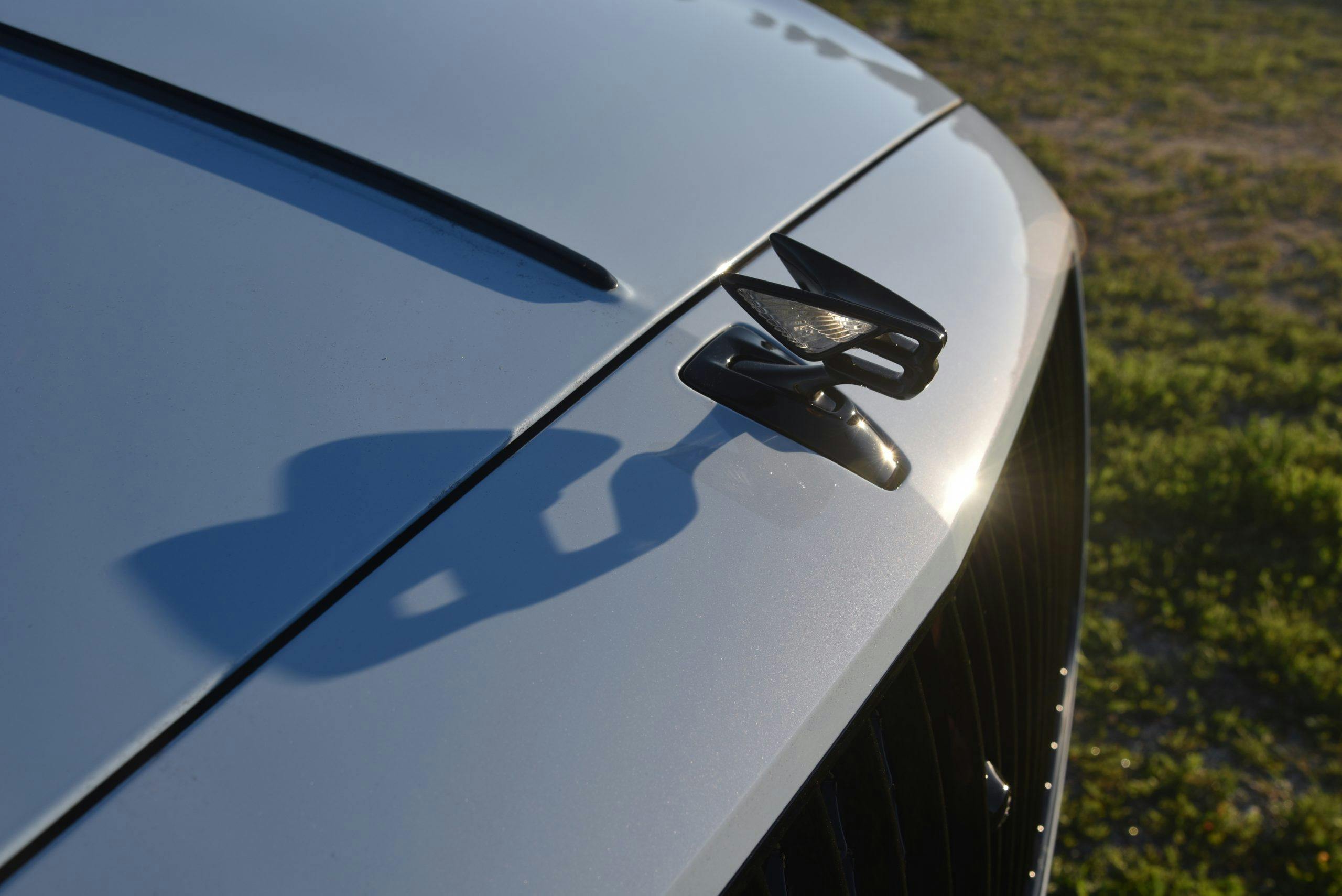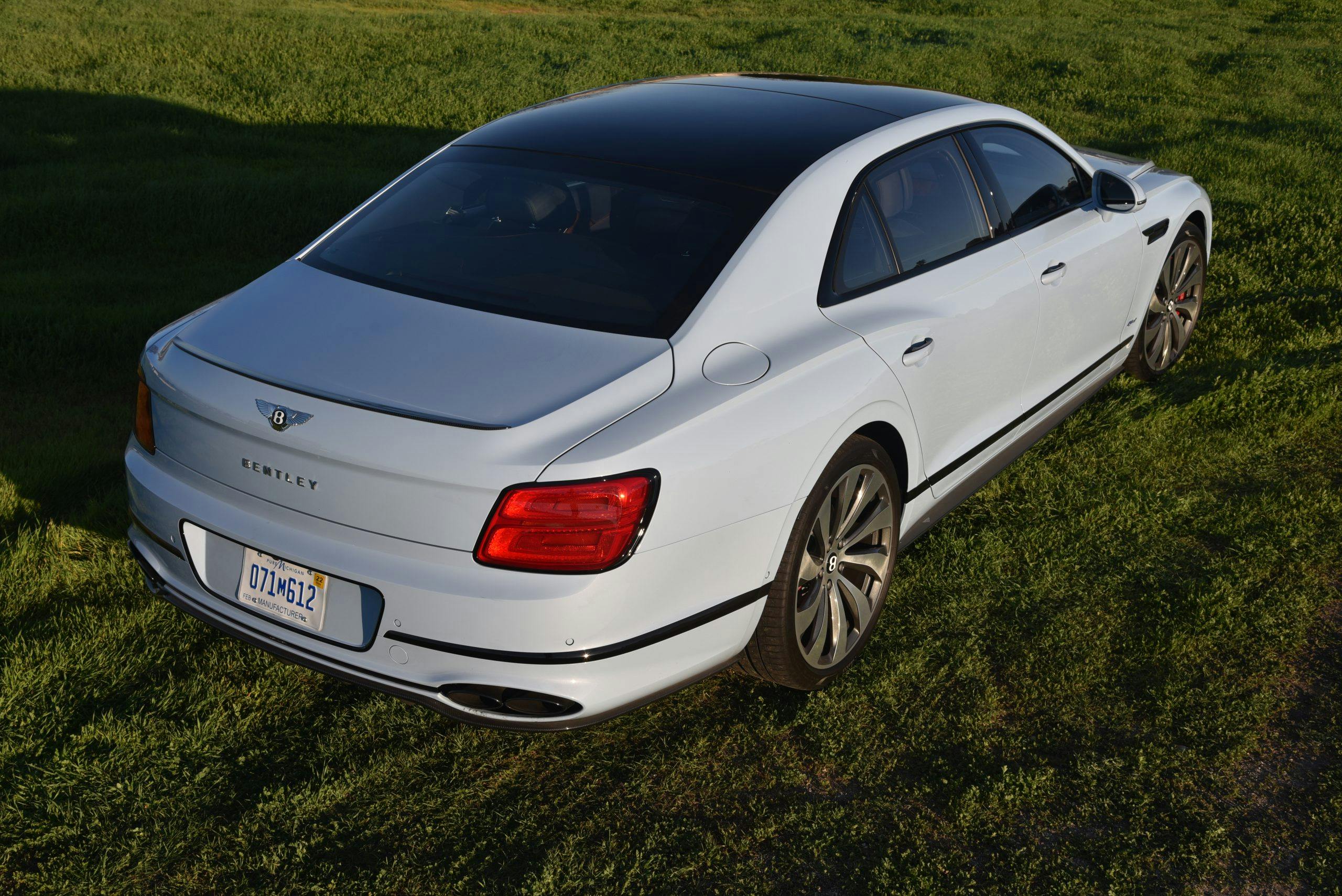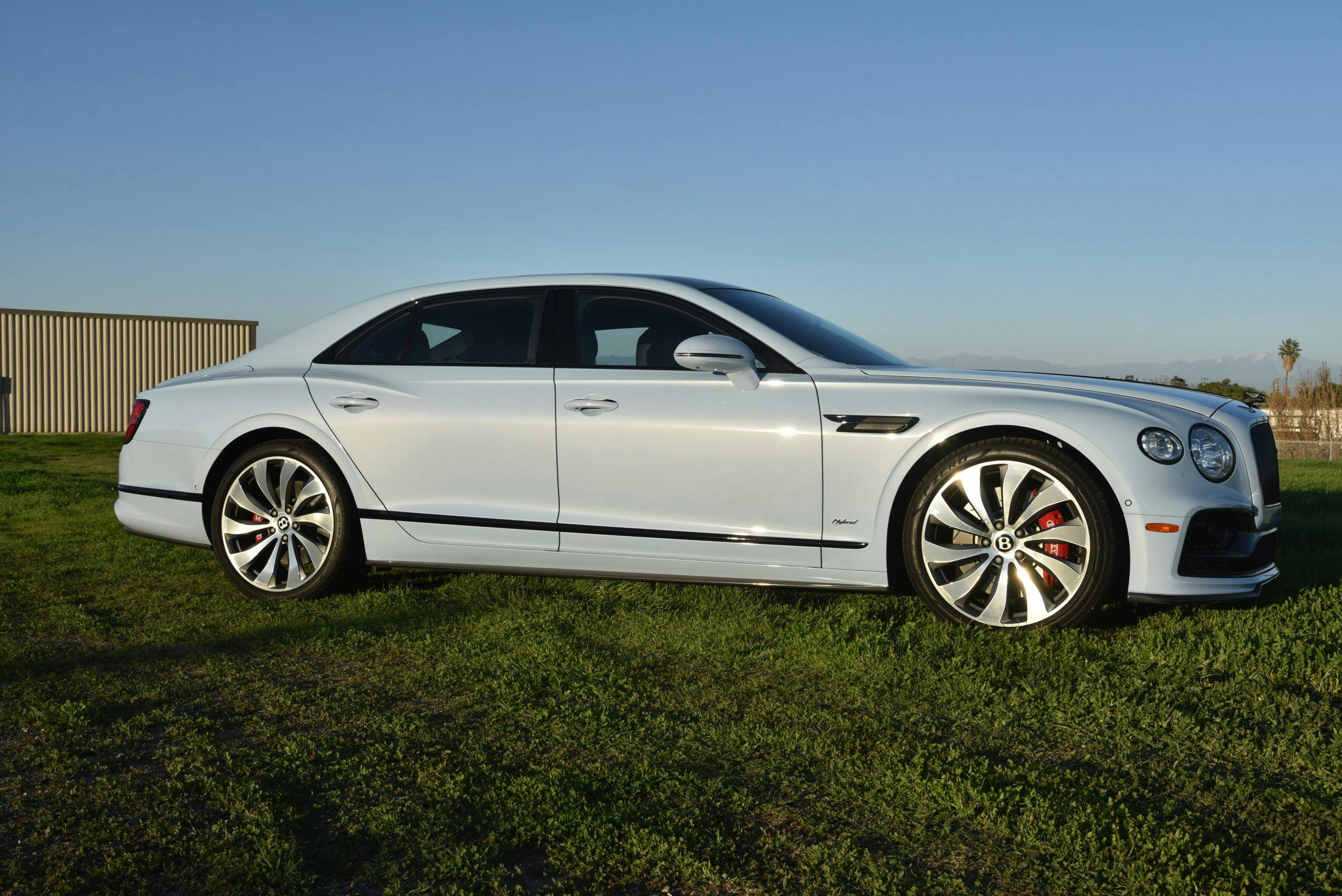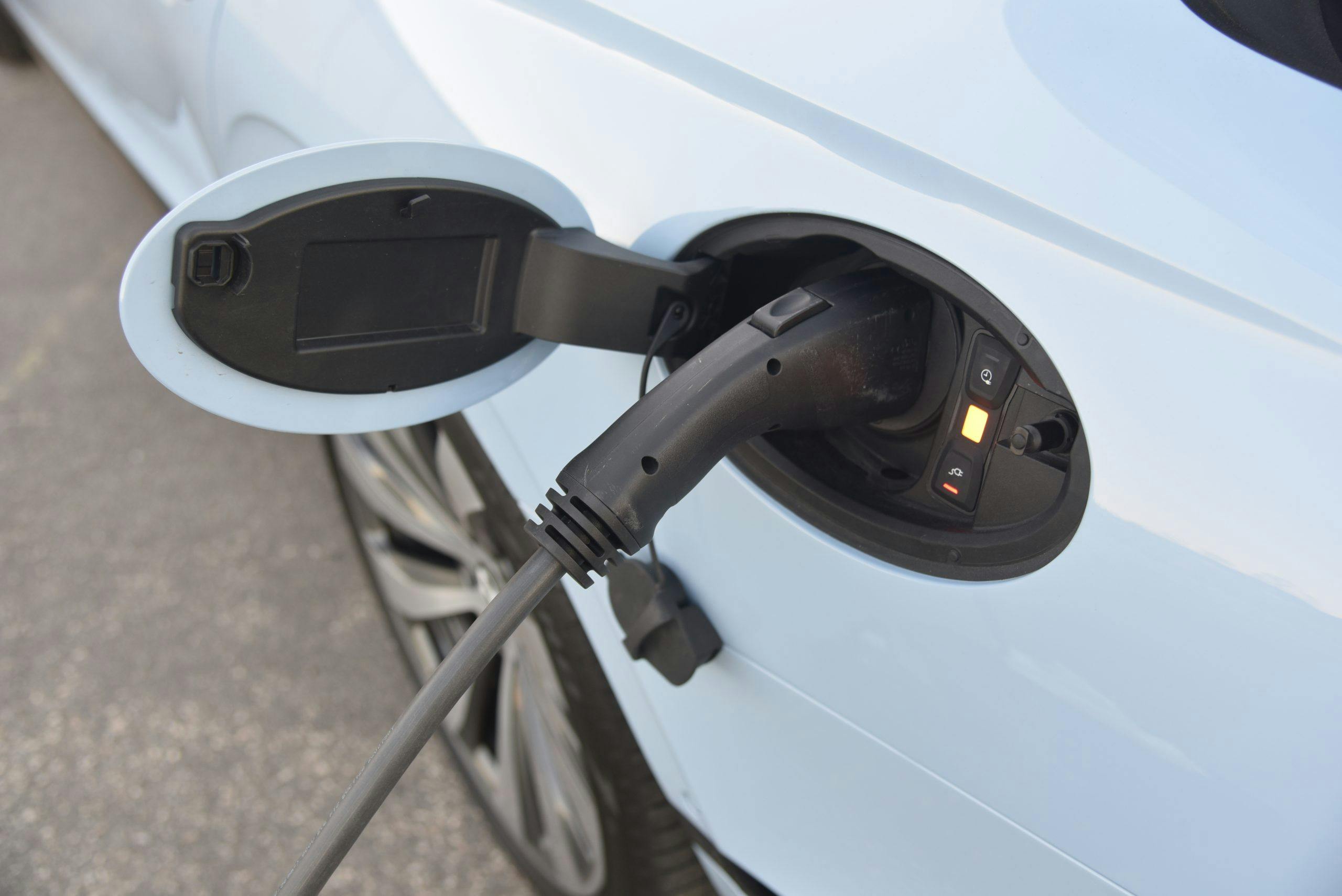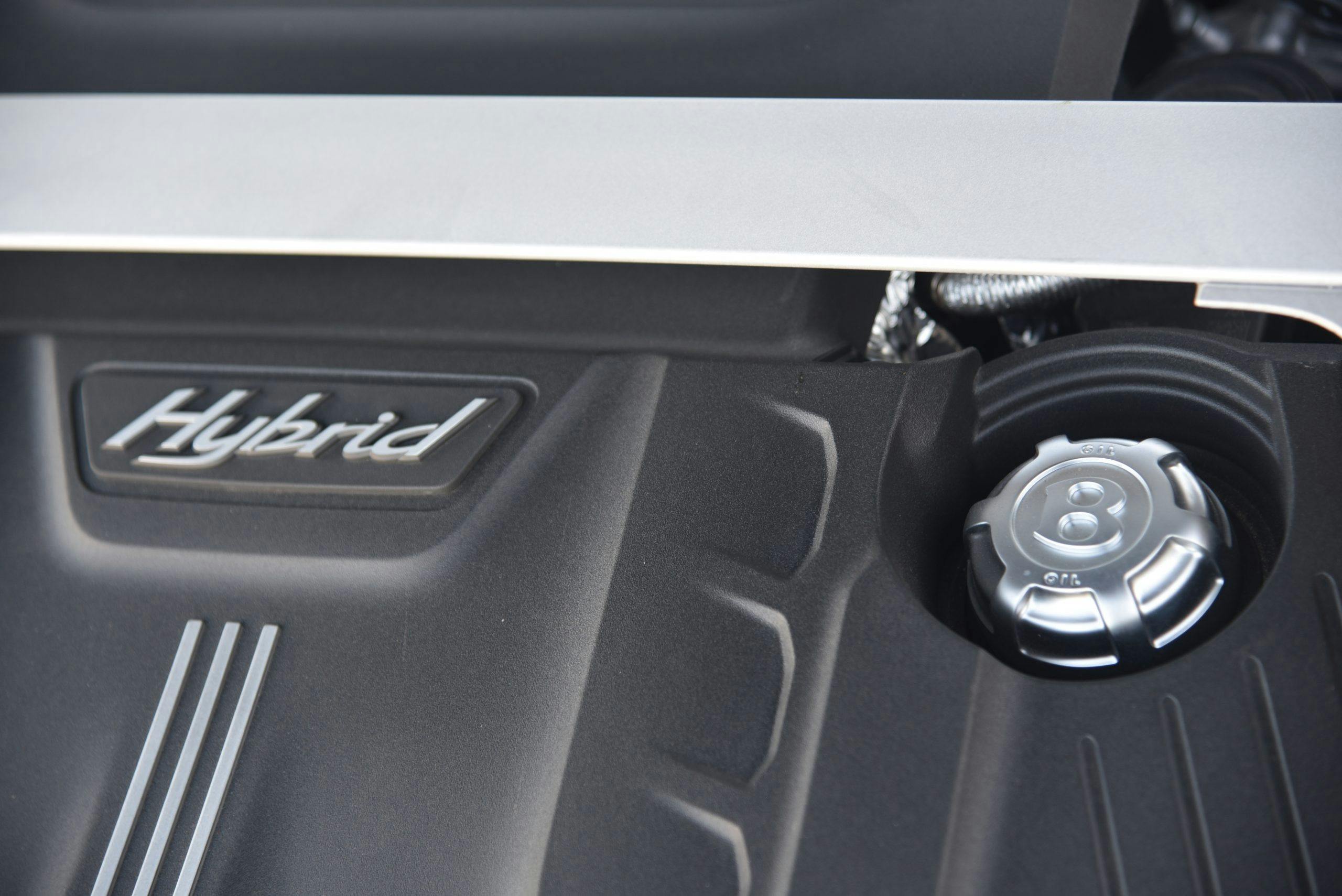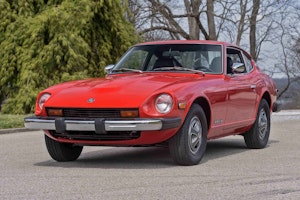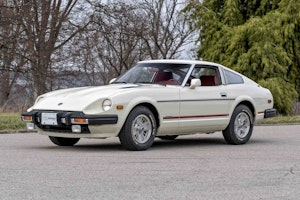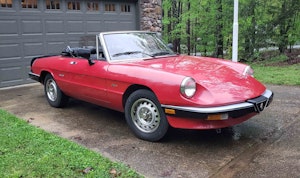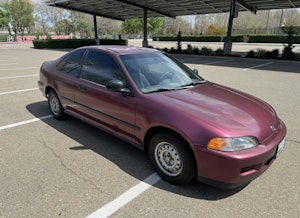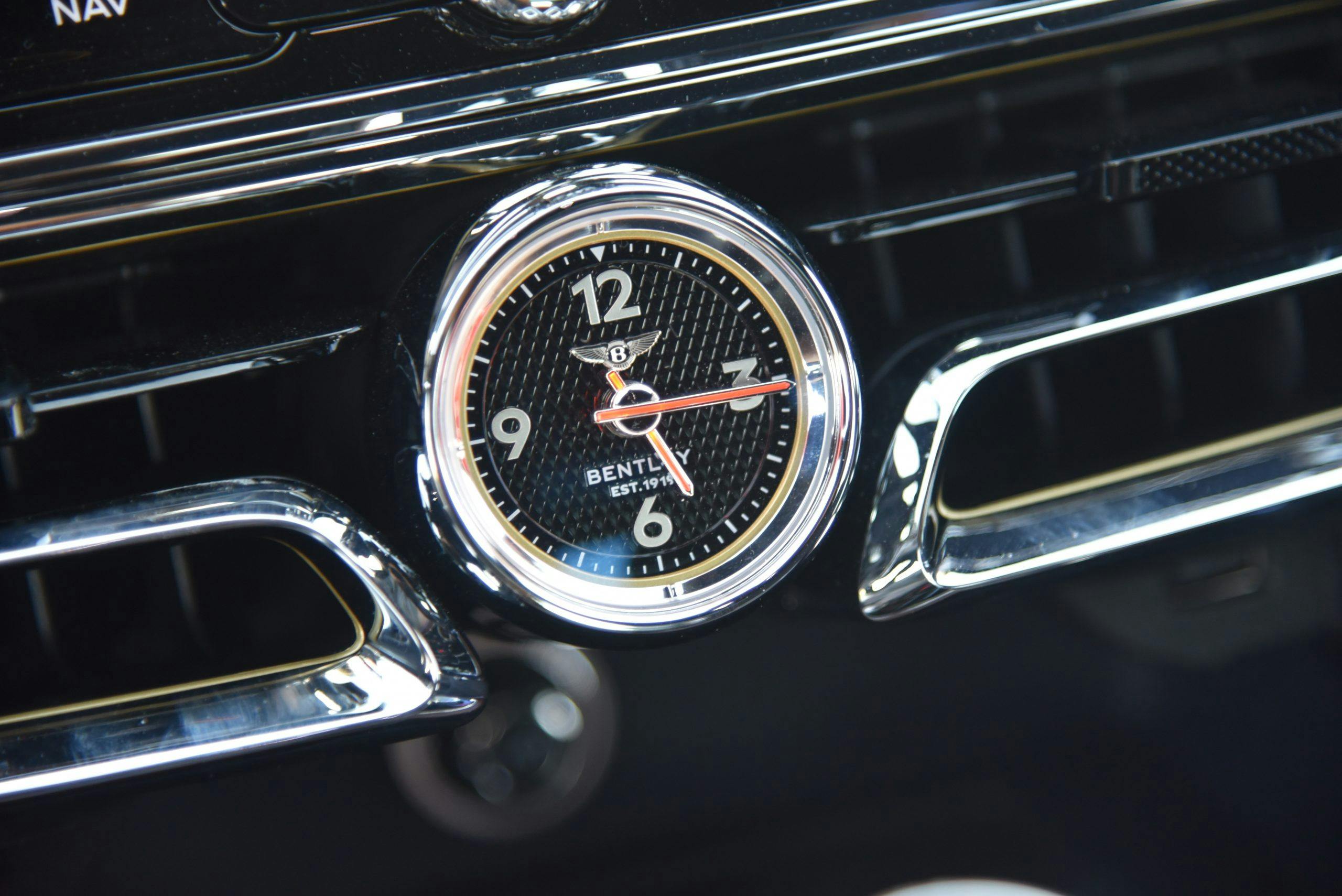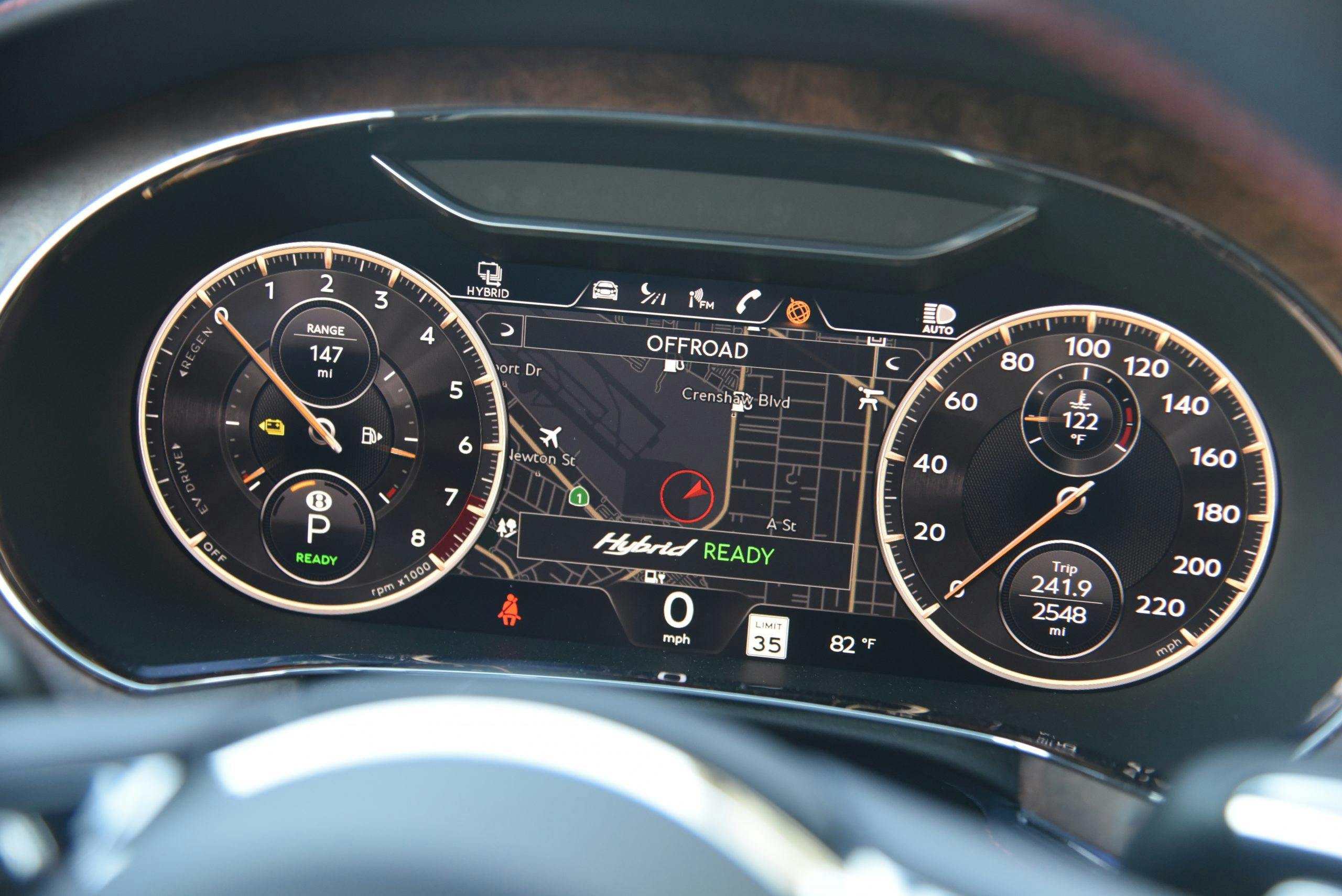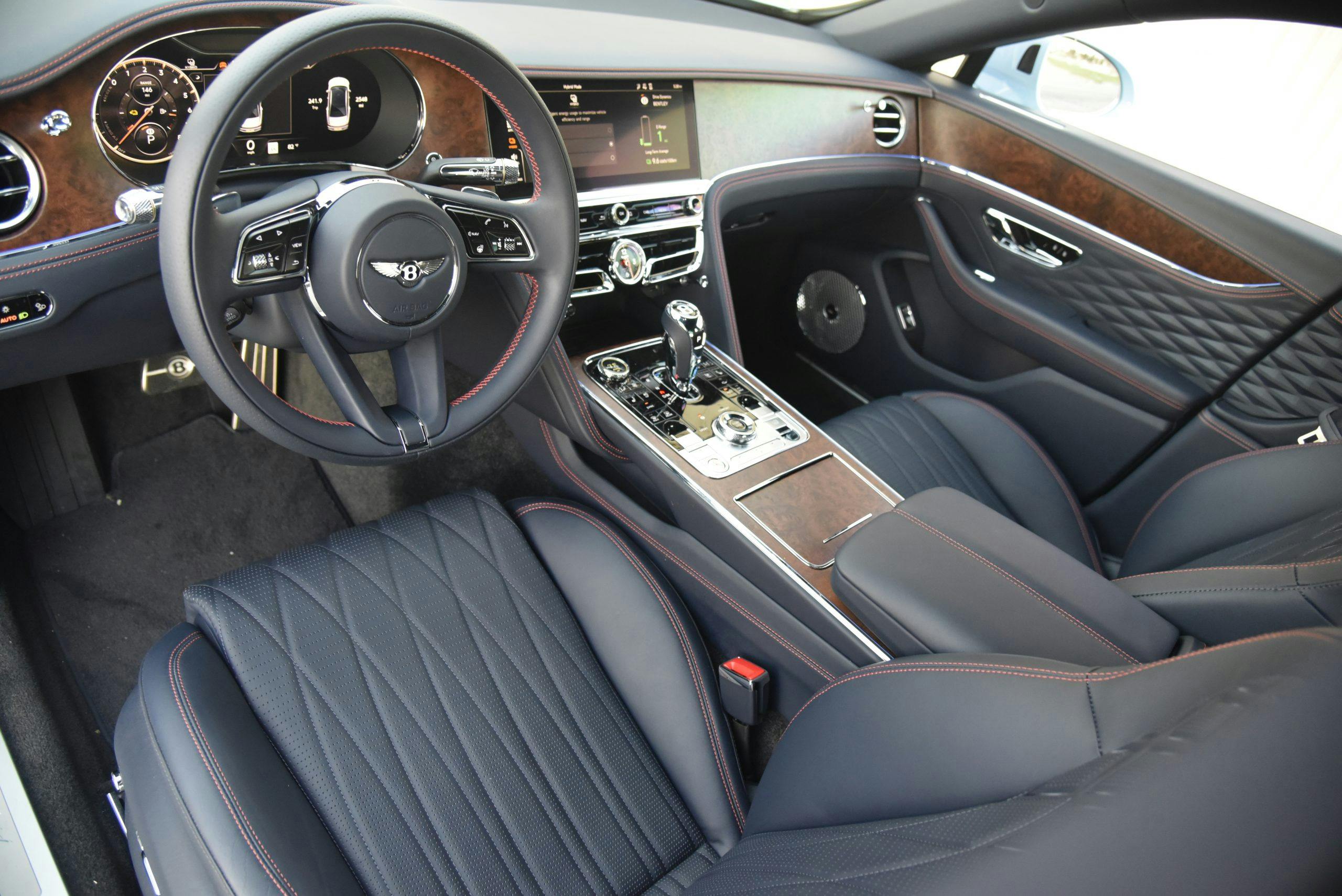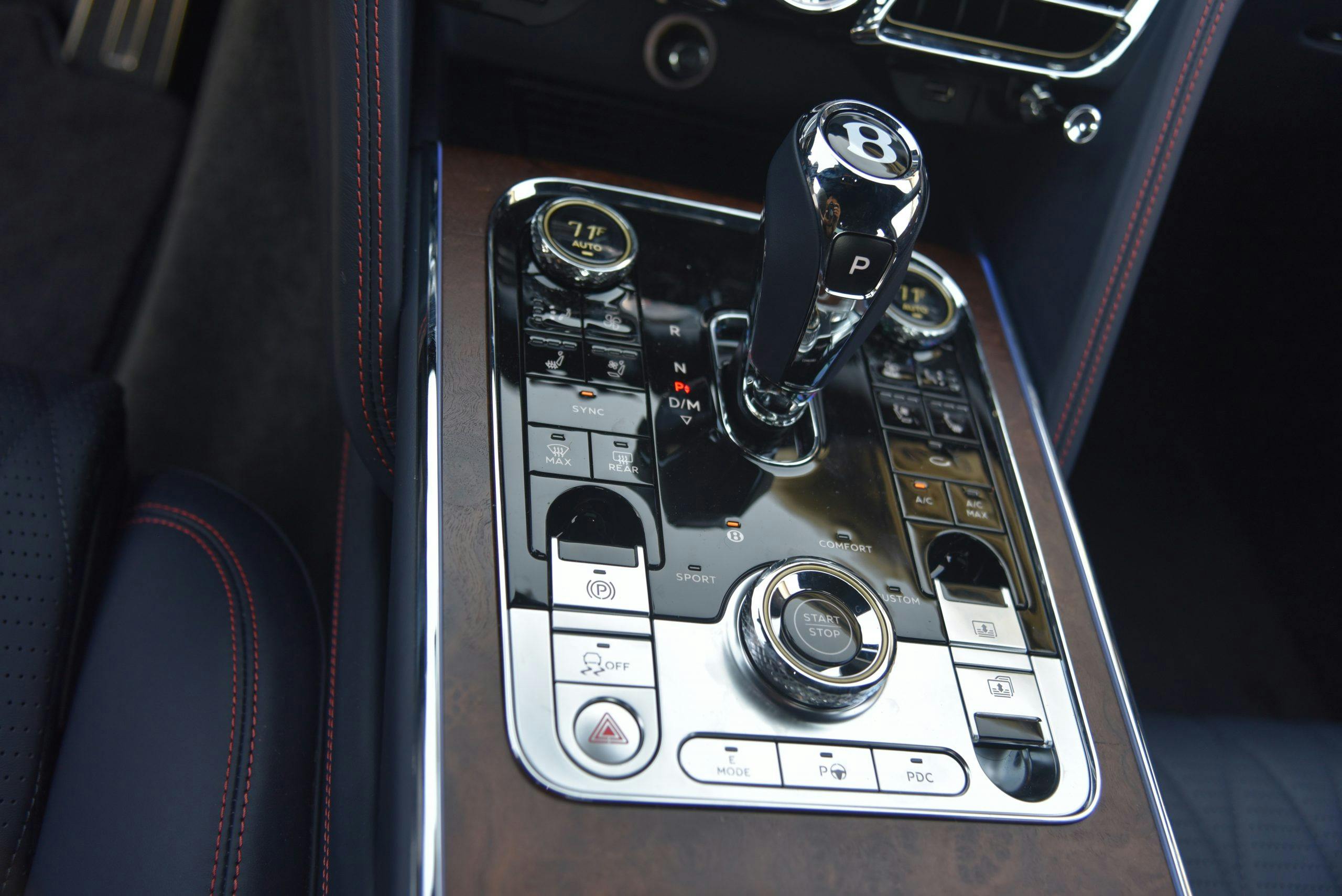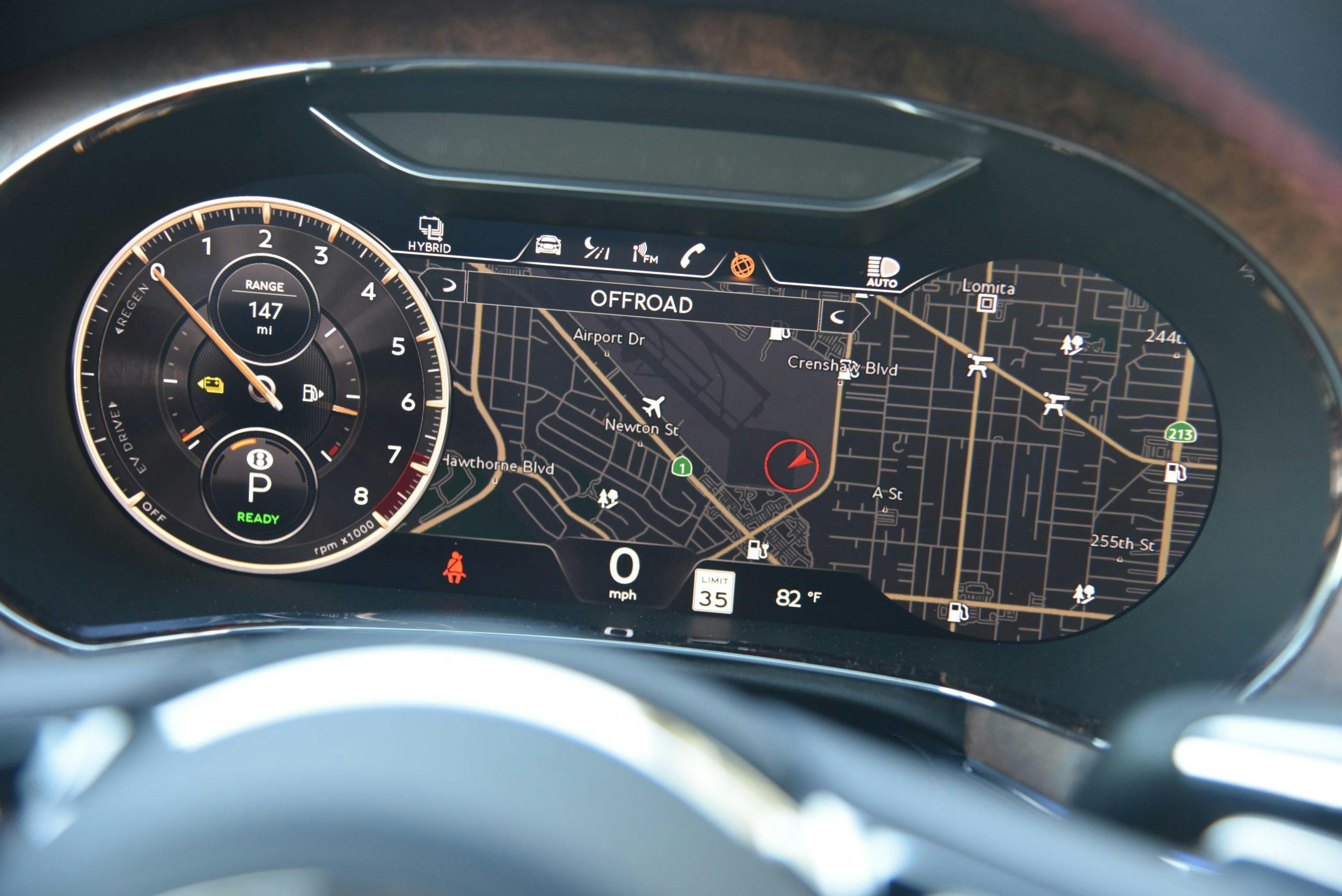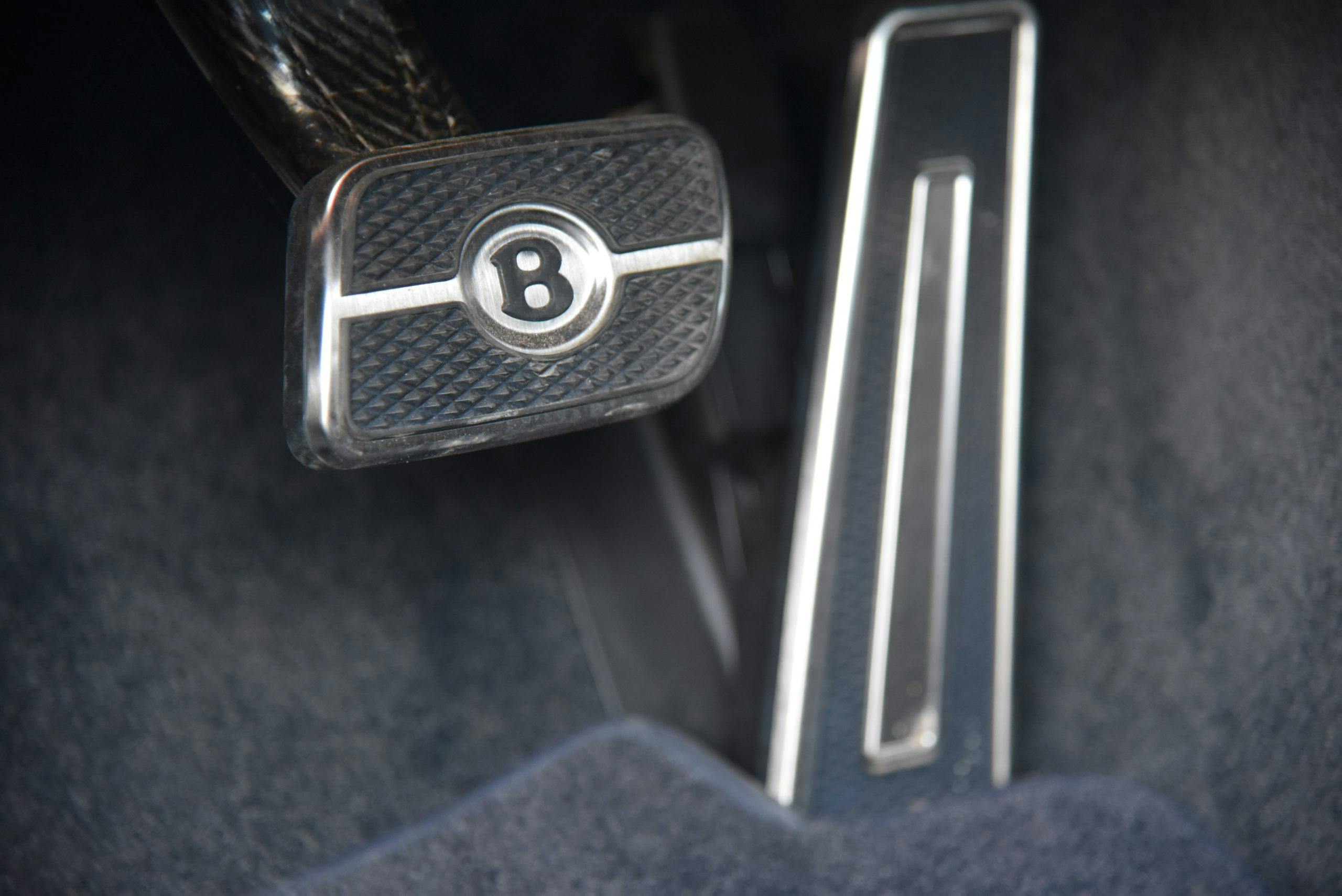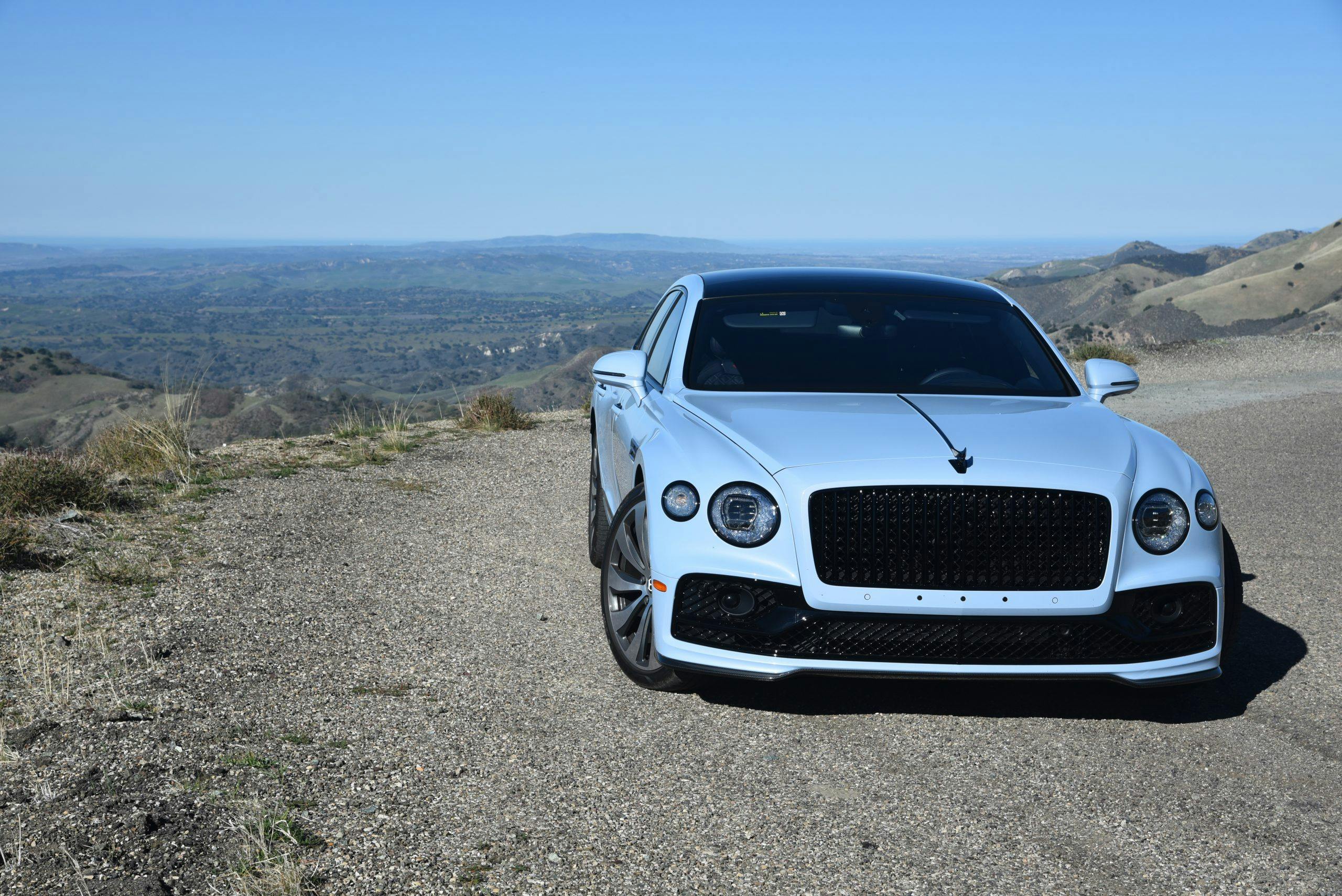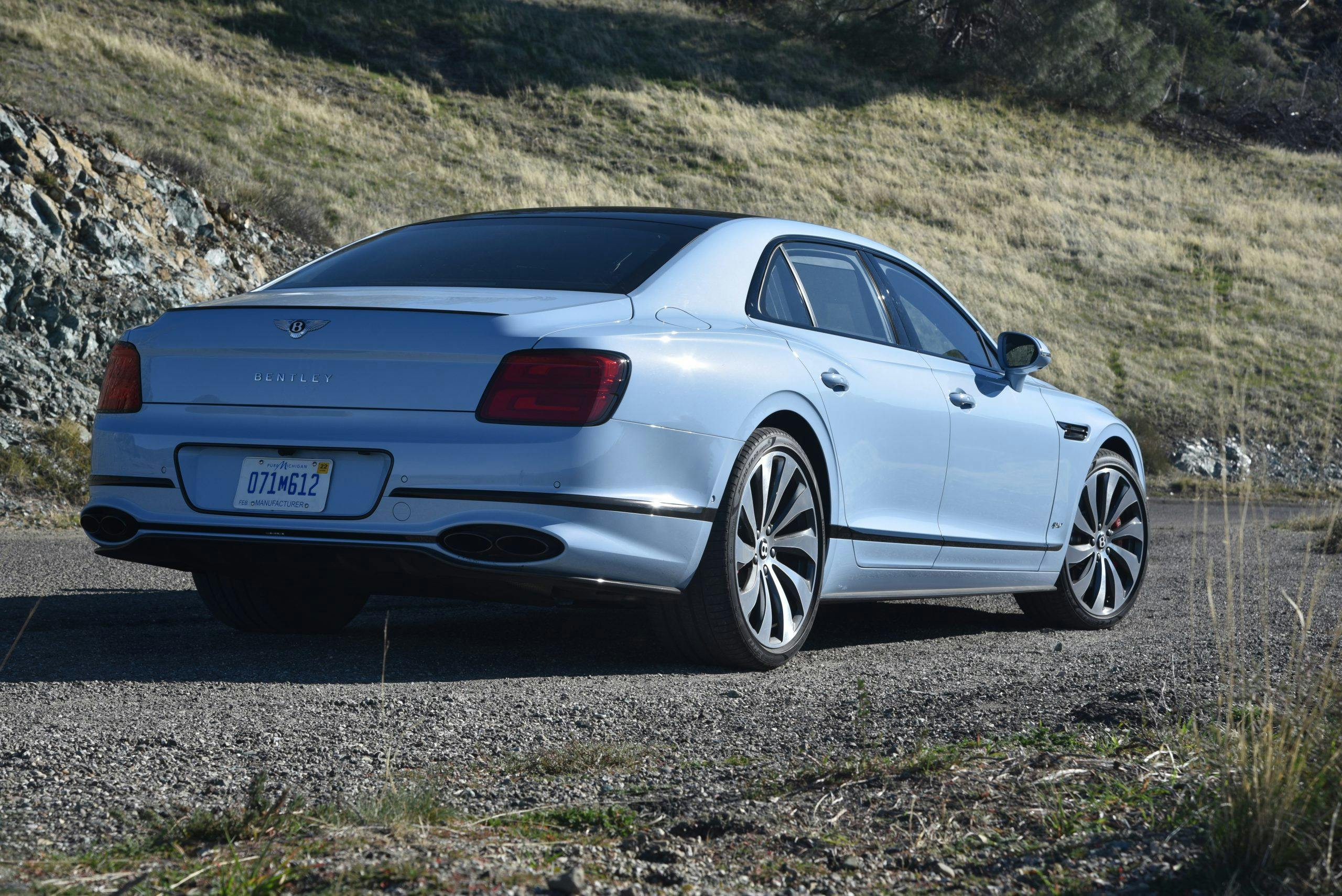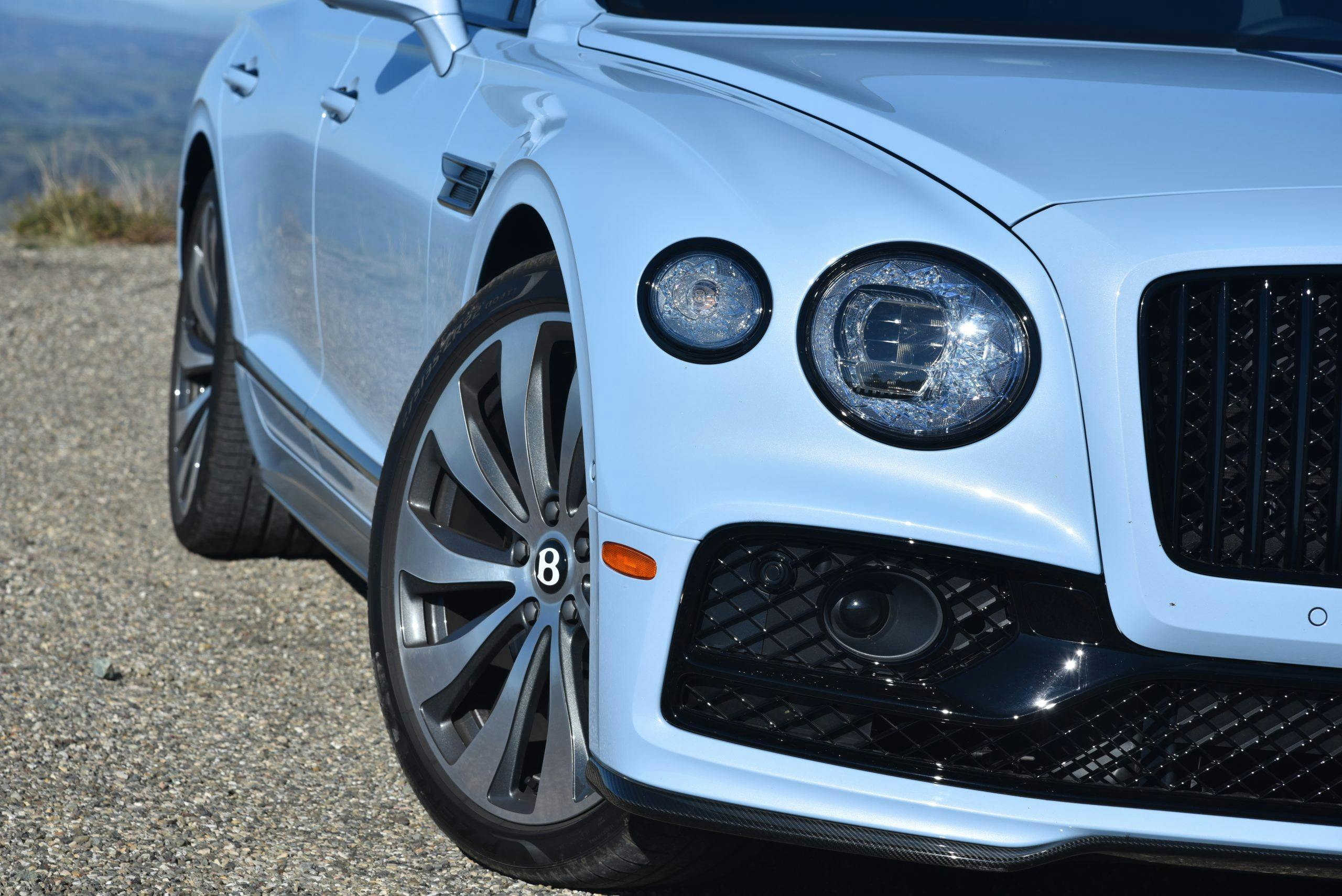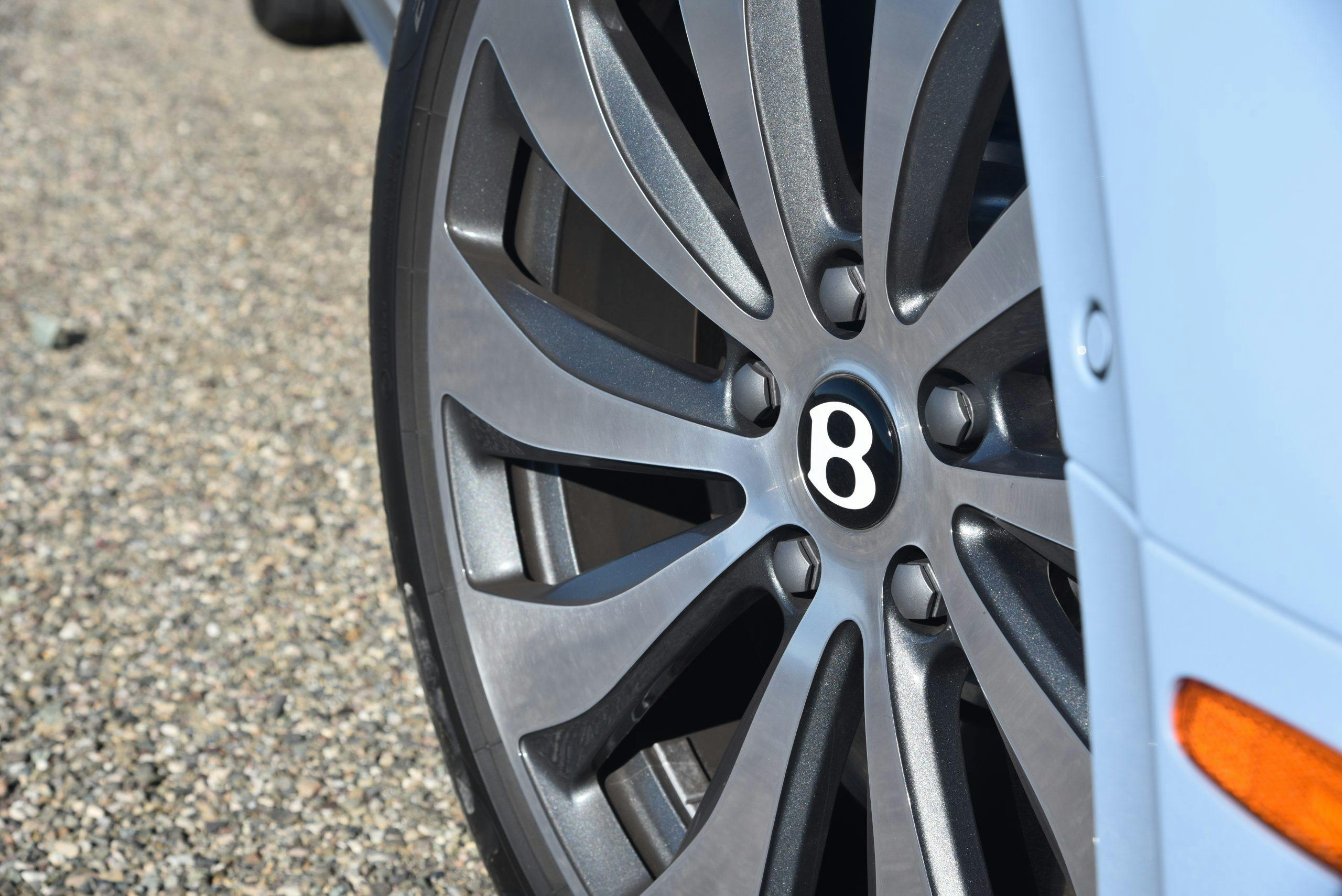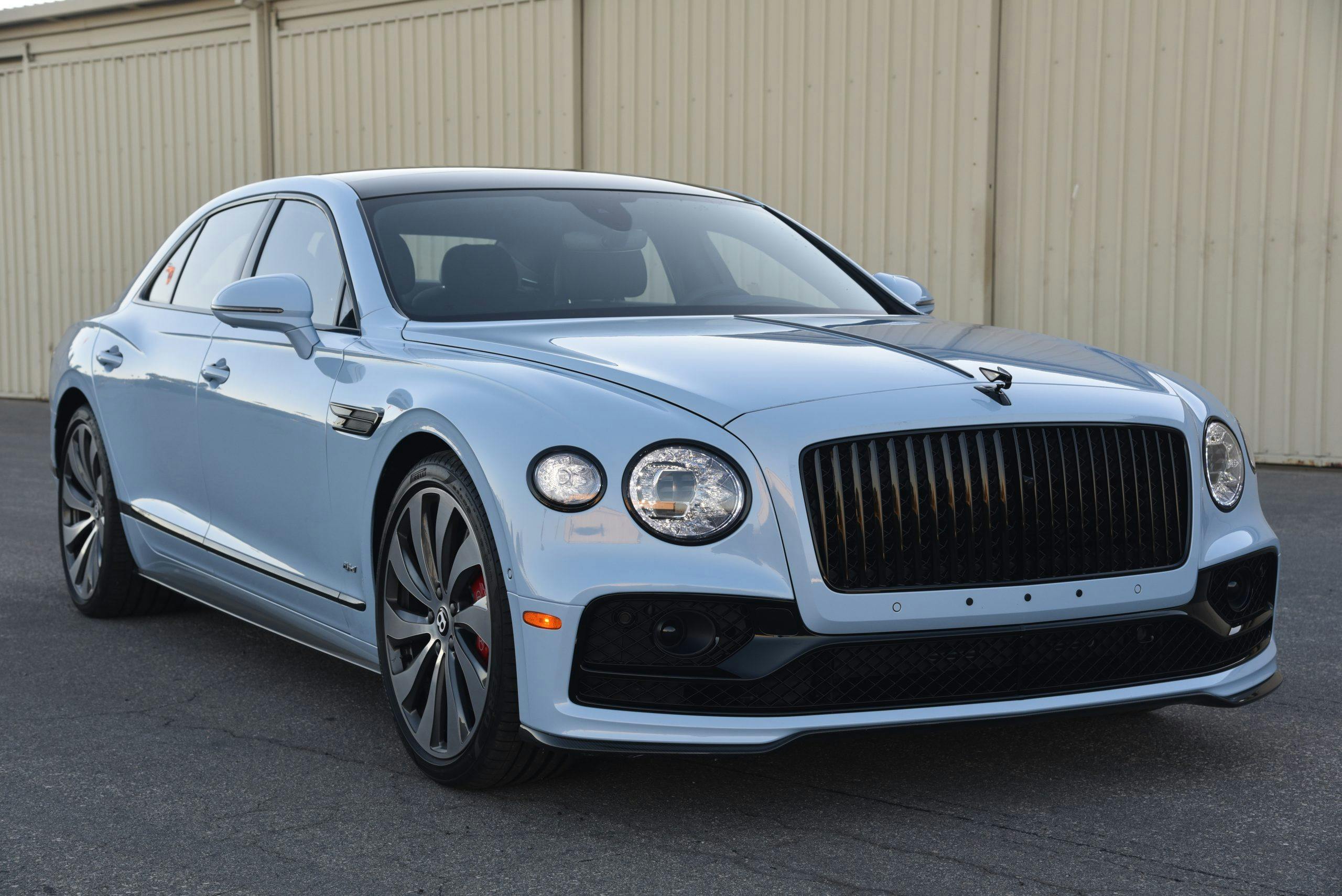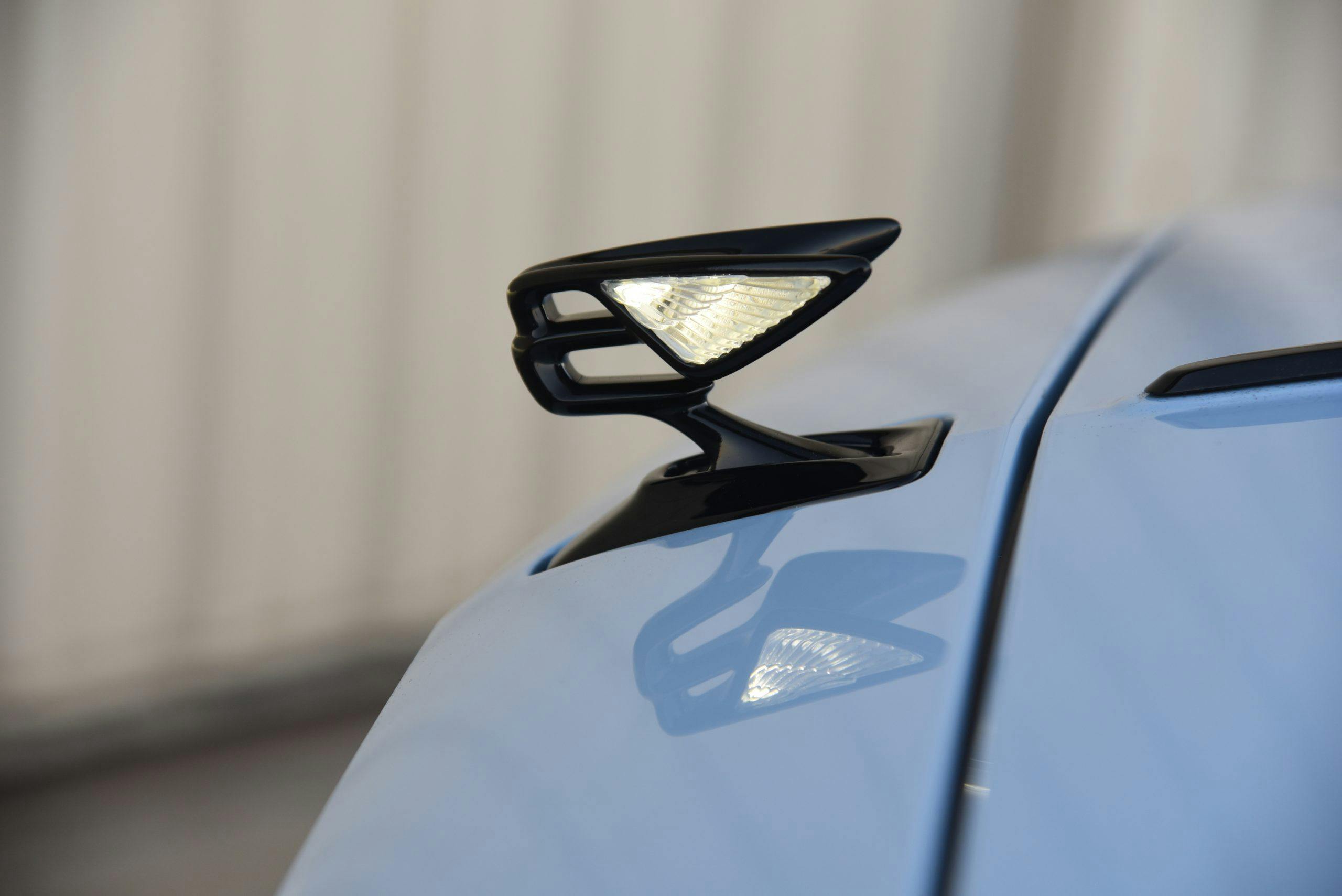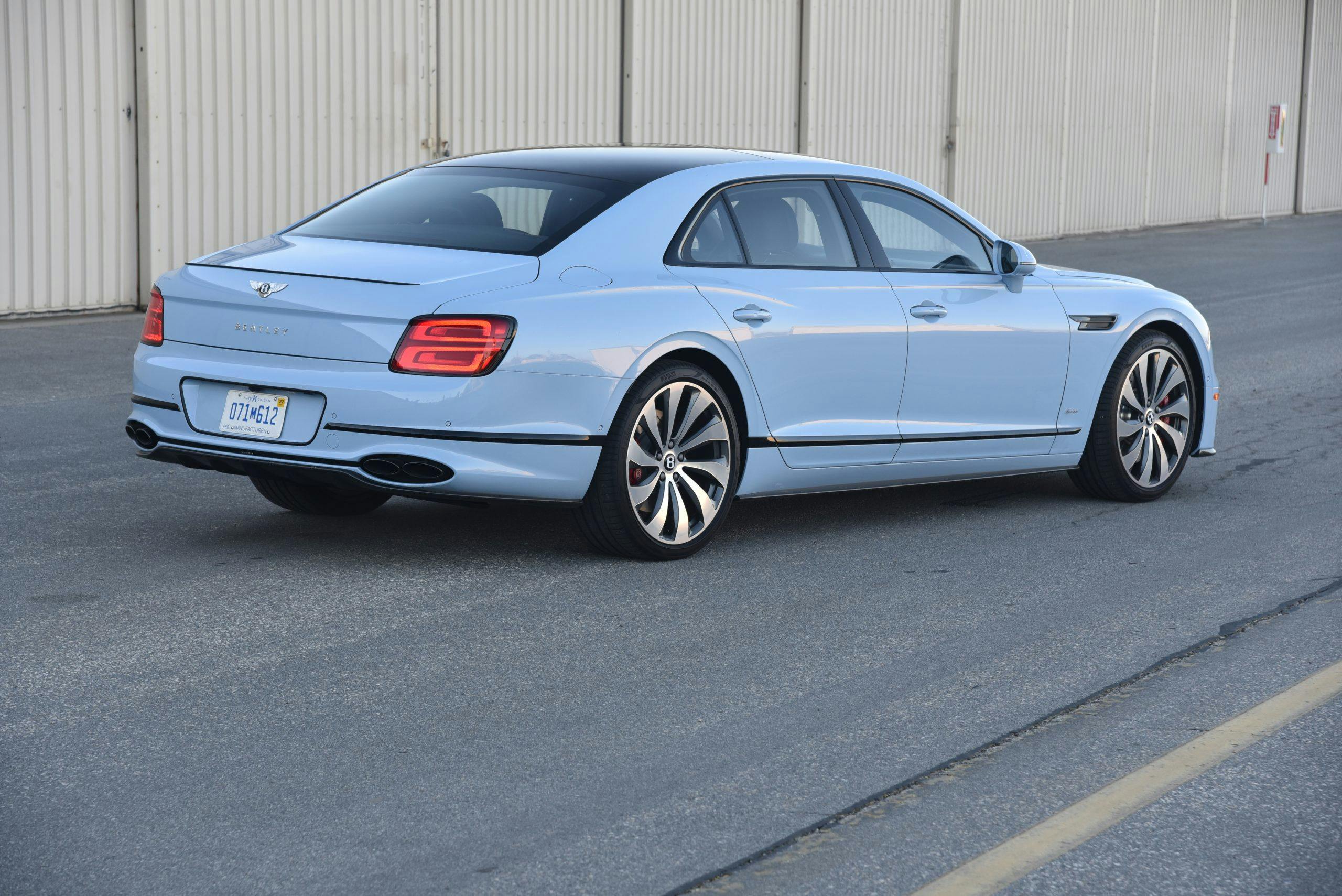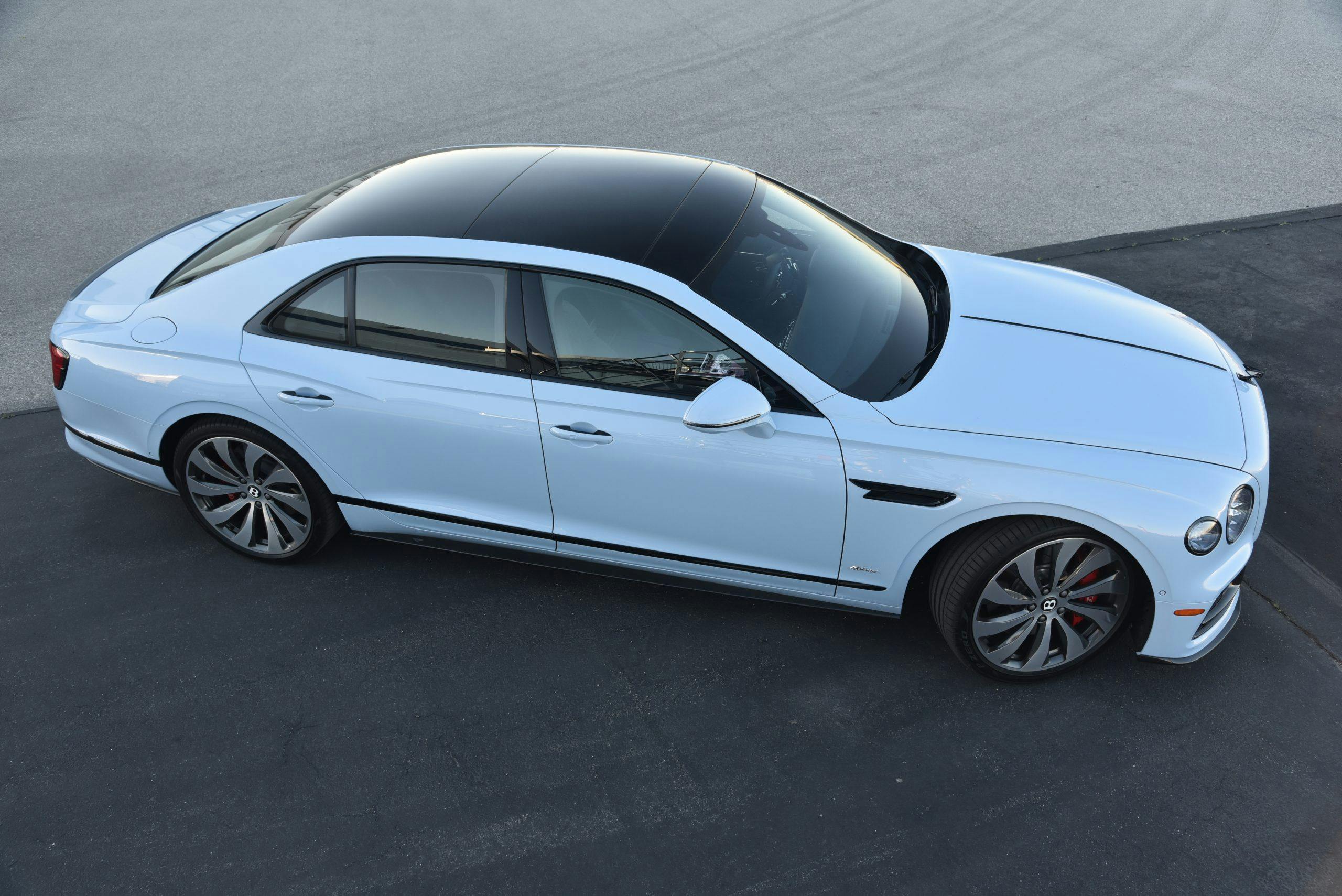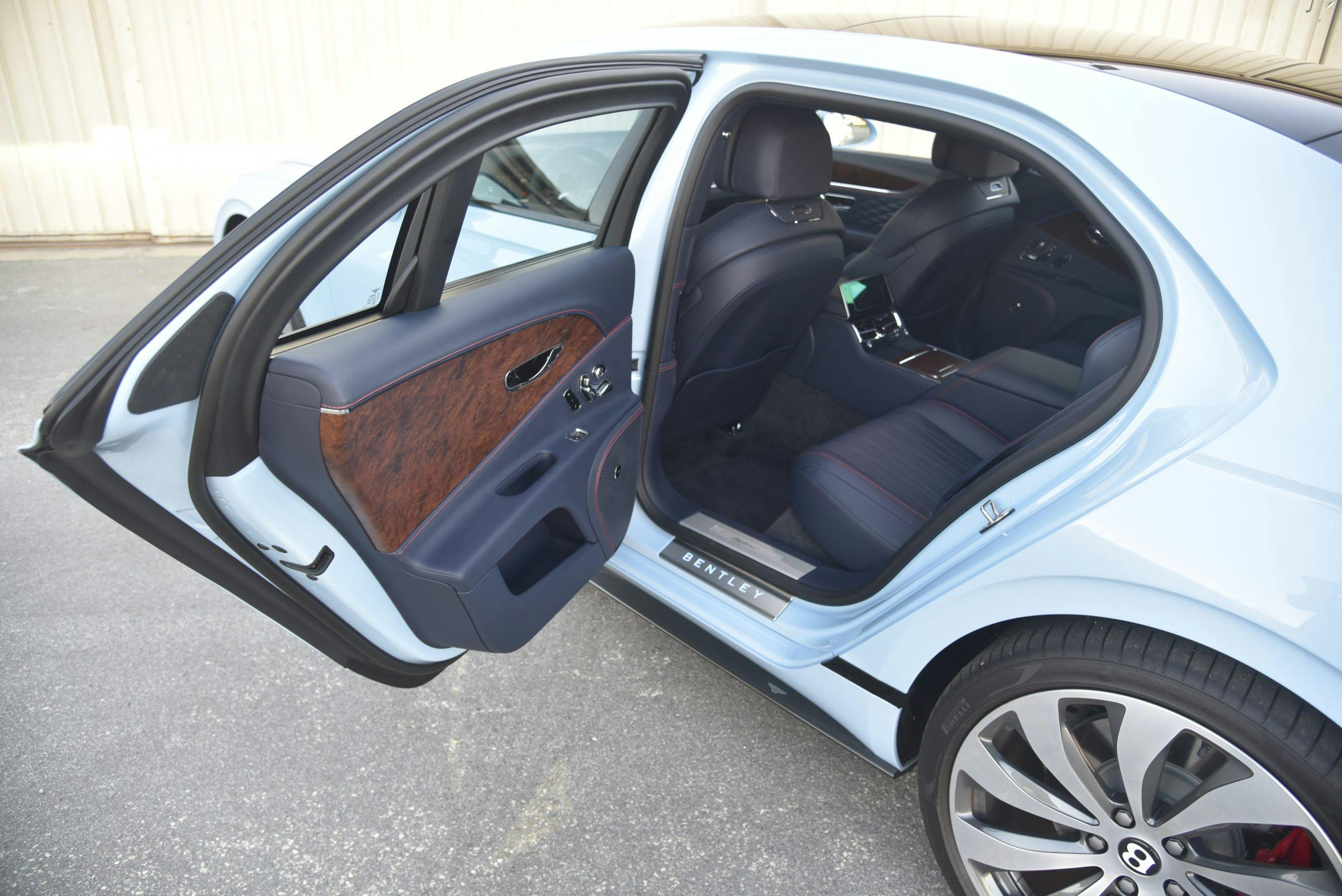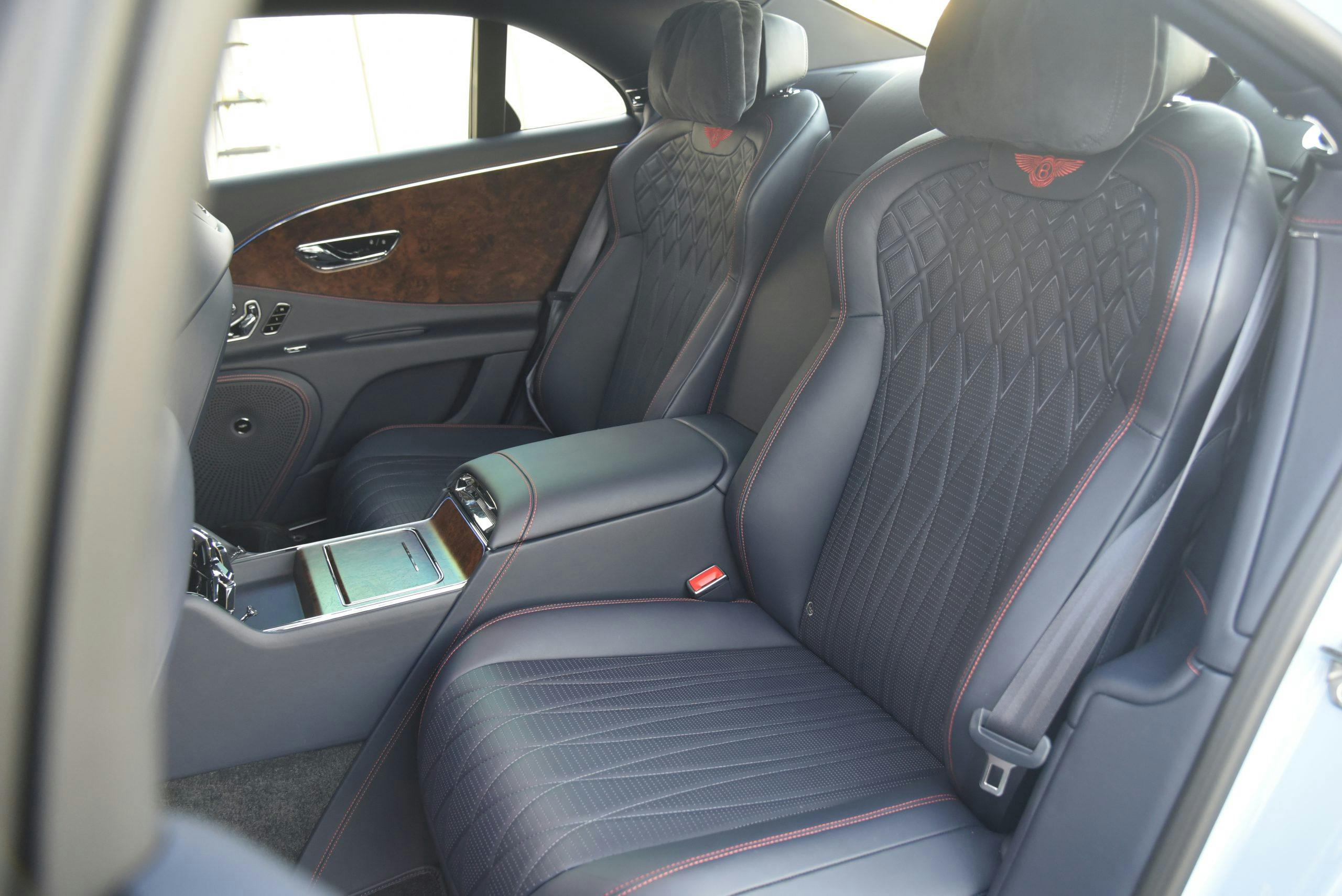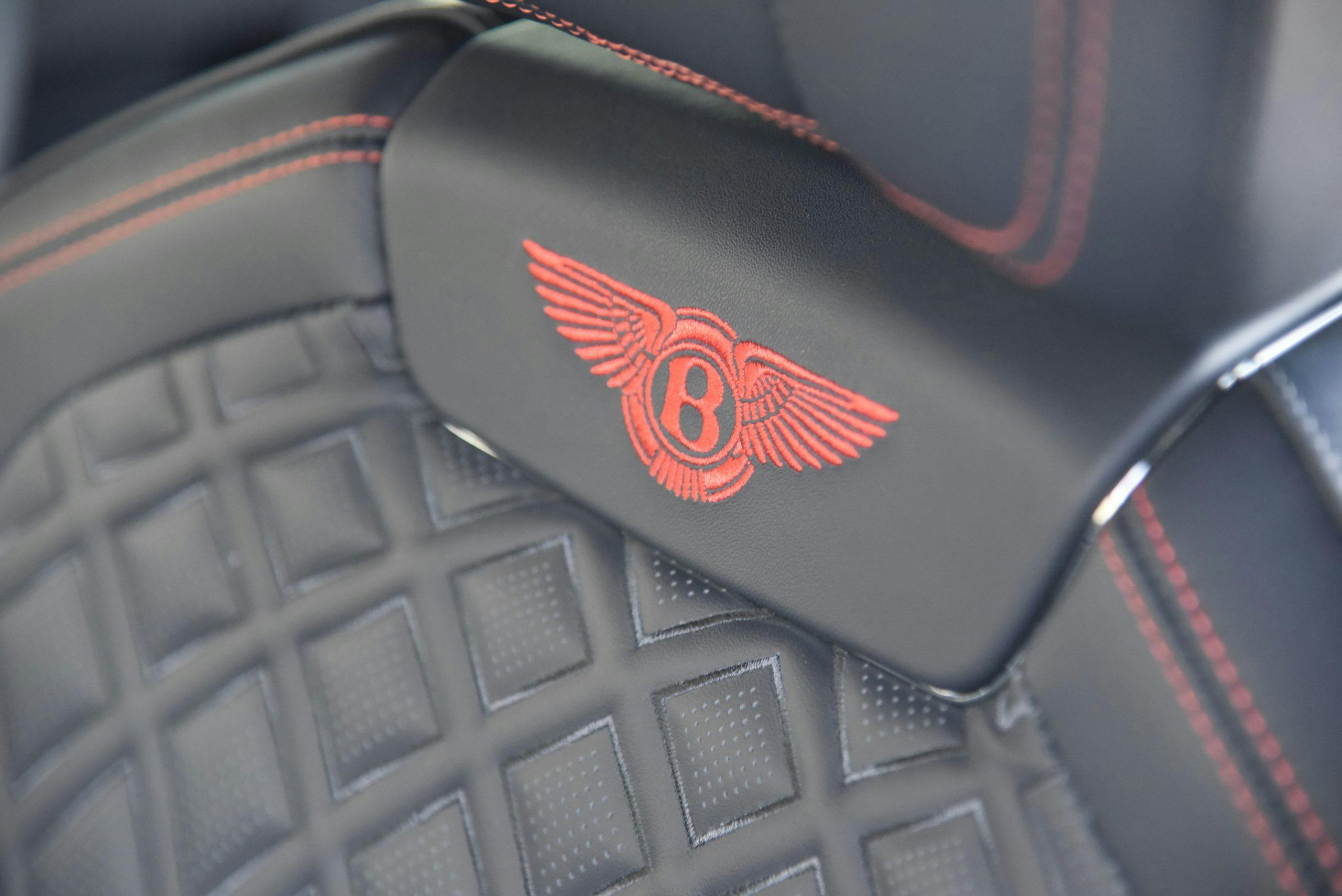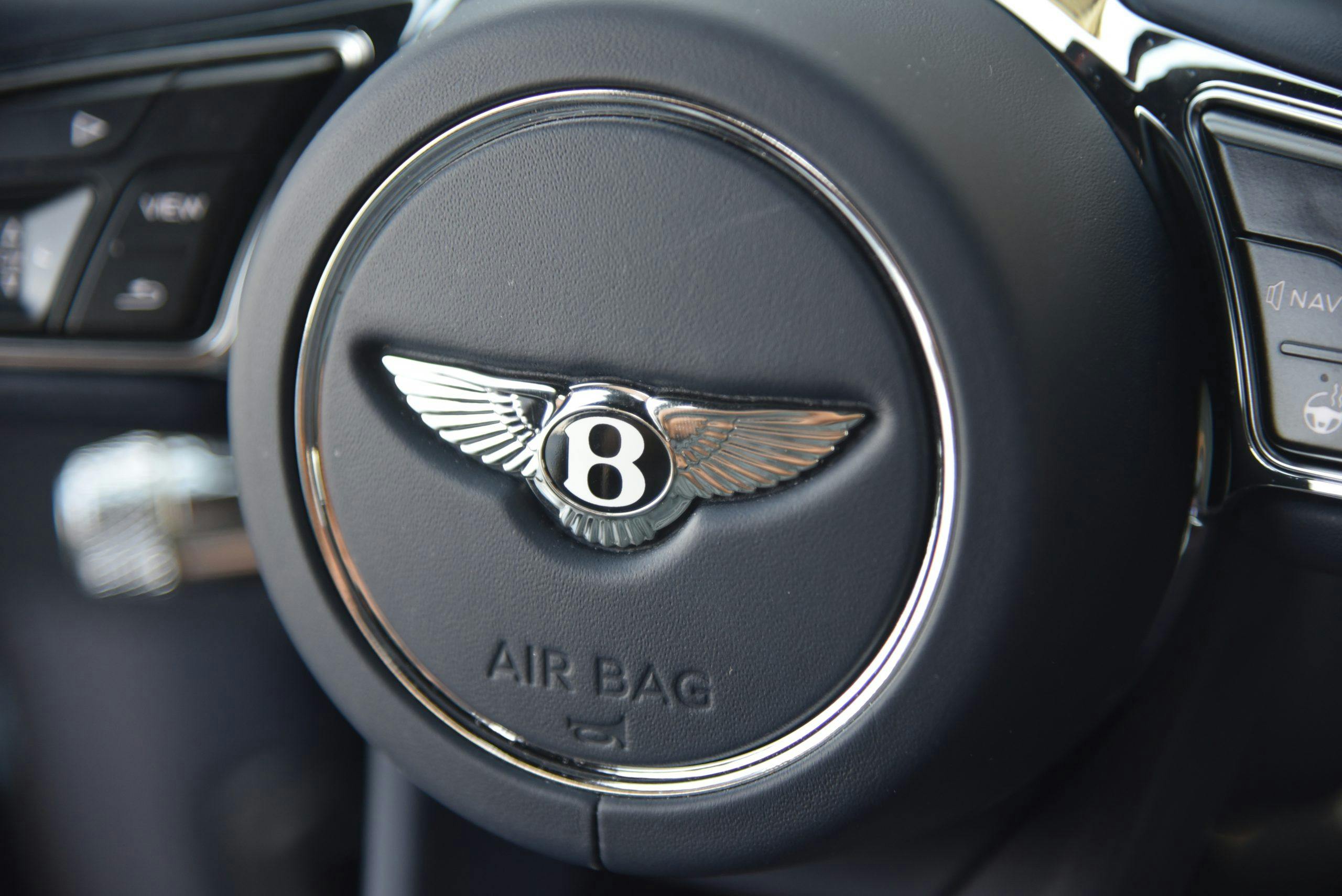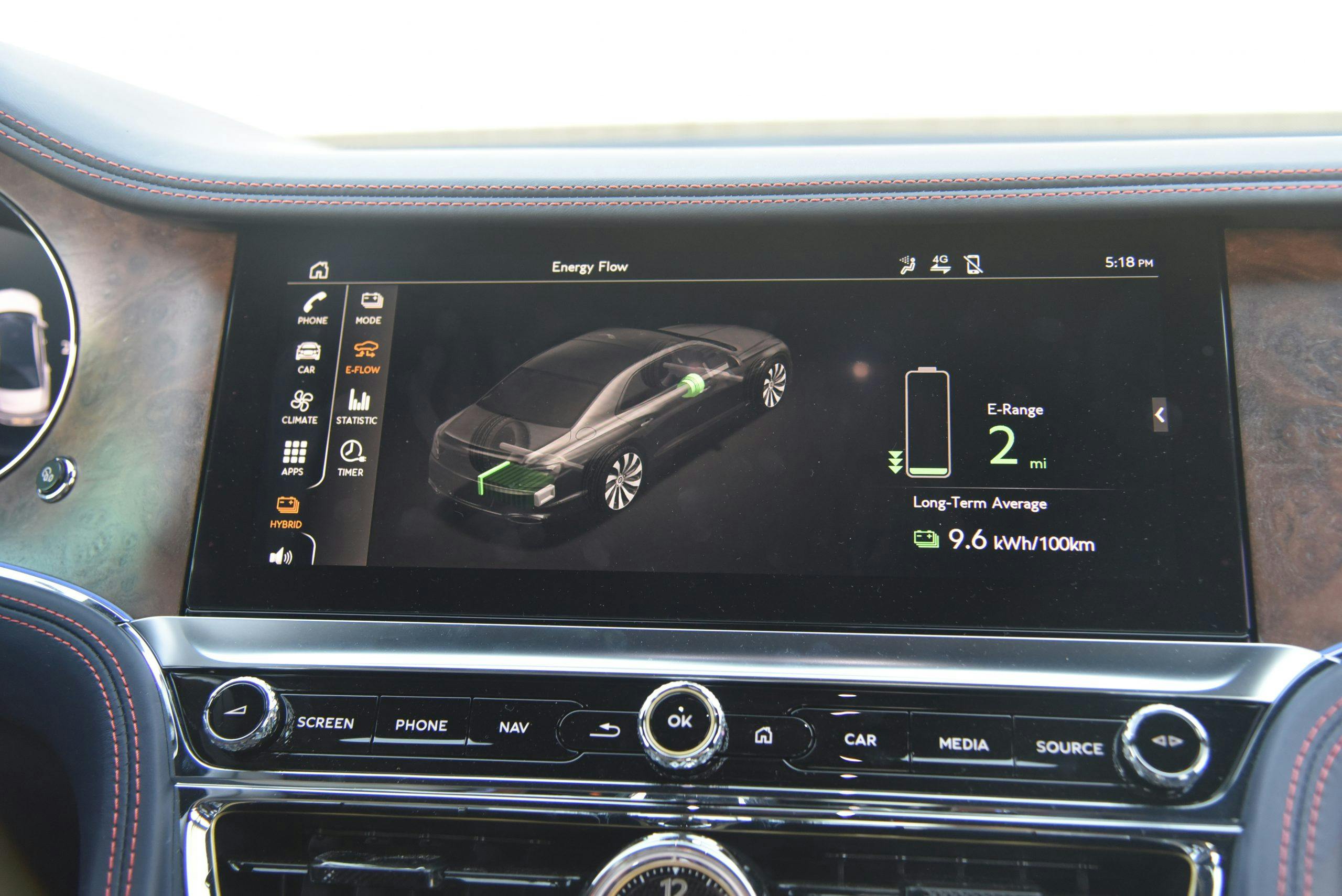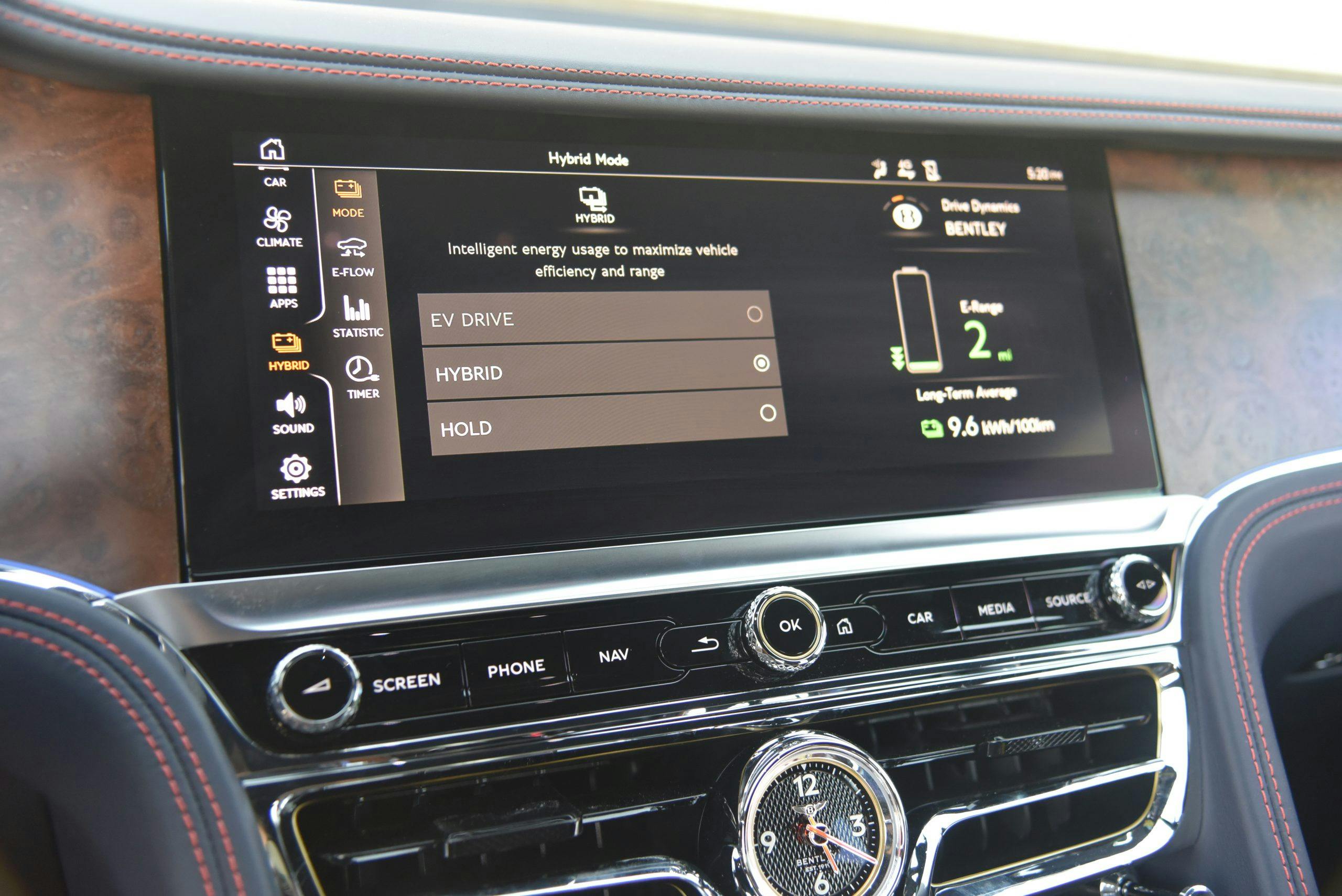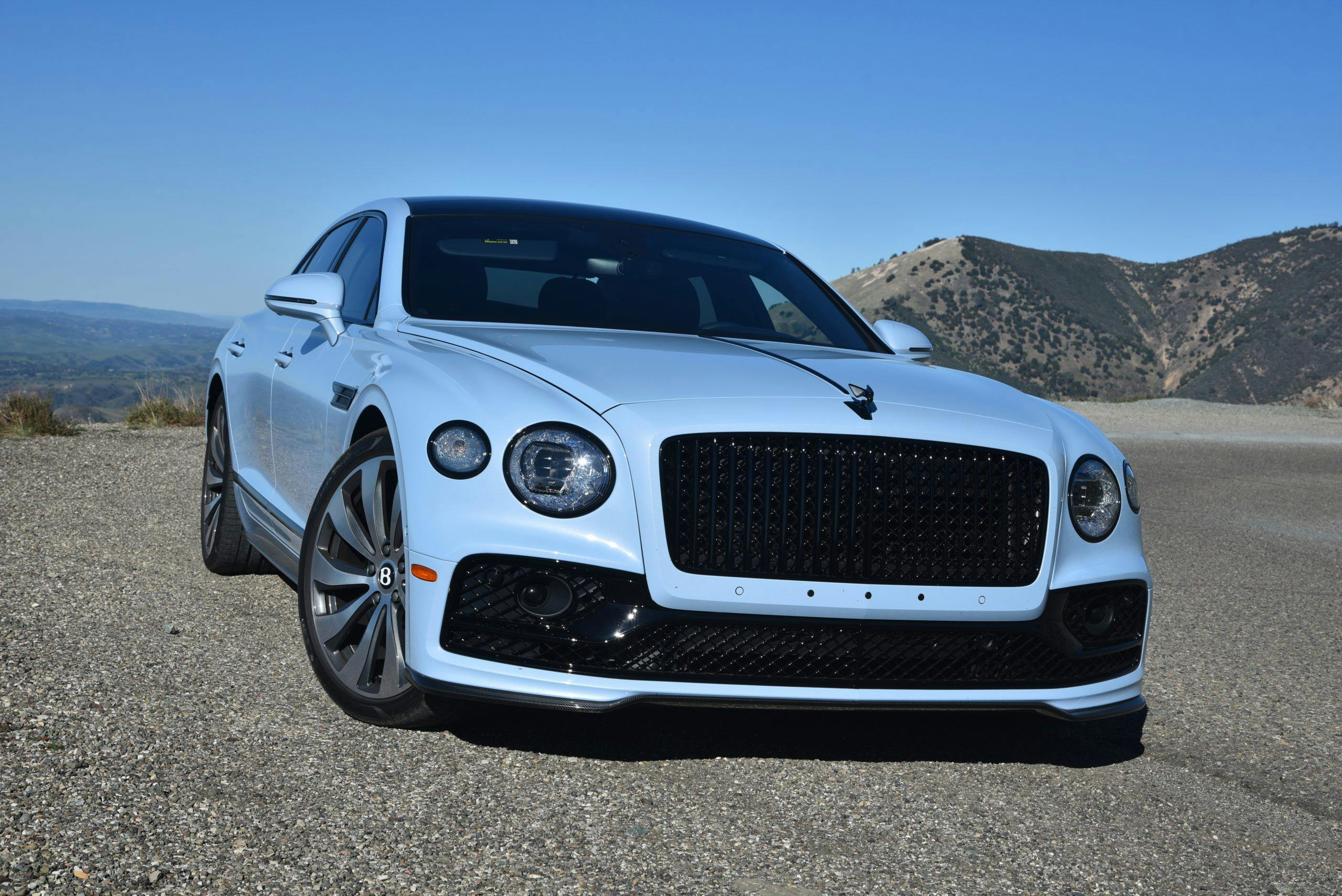Media | Articles
Review: 2022 Bentley Flying Spur Hybrid
Smooth, powerful, and exceptionally quiet. These are the three targets that Bentley has been aiming for since W.O. Bentley opened his factory in the London suburb of Cricklewood in 1920. However, after more than a century of battling the inherent racket caused by exploding gasoline, Bentley (as well as every other luxury marque) is aiming to conquer these demonic forces and produce the smoothest, fastest, and quietest cars they have ever built. They will be electric.
Hybrid models, however, will bridge the gap. That’s either because Bentley doesn’t think its highbrow customers are ready for full electrification, or because Bentley’s parent company, Volkswagen Group by way of Audi AG, isn’t yet ready to give its British subsidiary the necessary tech and investment to go all-electric. It’s coming, we’re told, along with a complete company-wide carbon neutrality plan that will see Bentley’s lineup fully transition to EVs by 2030. (Won’t it be grand to step out of your carbon-neutral Bentley and into your 400-gallons-per-hour Gulfstream G550?) Until then, there’s the Bentley Flying Spur Hybrid with a roughly $220,000 base price, about $30,000 more than the base-model Flying Spur and its non-hybrid V-8.
Our bonnet-blue test car with blackout trim looked like it had been spec’d for a Russian dacha infamous for wild parties, standing strikingly apart from the more common black/grey/silver hues this car tends to wear around Los Angeles. The spec sheet showed $68,500 in options, including a single $20,925 line item for the Mulliner Driving Specification, which brought in diamond-quilted seats, 22-inch wheels, leather headliner, sports pedals, plus a few other trinkets like a metal oil-filler cap. The next biggest hit was $12,245 for some exterior carbon-fiber bits such as a front splitter, rear spoiler, side sills, and rear diffuser. In case there’s any doubt, the car flaunts the famous Bentley “B” logo in about 30 places, including projected on the ground from the bottom of the doors. Amenities such as digital OLED screens abound, but a standout is the night-vision camera with projected heads-up display (part of the $8640 Touring Specification package of driver aids). The screens have hybrid-specific displays including painting a very handy range circle around the car on the moving map.
The Flying Spur operates like most plug-in hybrids of today, in that you can drive it with or without the gasoline engine and select from a few gas-electric driving modes. They include an EV Hold function that lets you retain the battery charge until you want it, such as driving into a city center where ICE cars are banned. Or creeping back into your own garage late at night. The 5600-pound luxury liner is able to operate in near-silent, pure-electric mode until it drains the 18 kW/Hr battery under the trunk floor. For us, that was about 30 miles. After that, the 410-hp 2.9-liter V-6 alights, and it will run until the 21-gallon fuel tank goes dry, which should be another 500 miles or so given our observed fuel economy of 24 mpg. The hybrid system’s combined power rating is 536 horsepower and 553 pound-feet of torque.
Oh, how wonderful those first 30 miles are after you disconnect the charge cord. The Flying Spur squirts off the line and wafts along on a thick impulse of torque, silently gliding toward its destination as the occupants enjoy a lavishly trimmed isolation chamber ready to be filled with music, talk radio, or polite conversation about the price of patisserie macarons. Then that V-6—the first six-pot Bentley since 1959—erupts like your cousin Ace busting in reeking of Coors. It’s a little too loud and a bit too coarse and it doesn’t have V-8 courage despite being puffed up on boost.
Marketplace
Buy and sell classics with confidence
This direct-injected and turbocharged engine only goes into a few select Audi and Porsche products so it would be unfair to call it a Volkswagen mill. But it is definitely not Bentley material. Part of the problem is that the Flying Spur is quiet as the York Minster crypt in electric mode, so any internal-combustion engine would sound like a trash can rolling down stairs. The other problem is that the engine has a mind of its own. Sometimes it awakens like a startled cat and burrs at 2000-3000 rpm for several minutes for no obvious reason. Then it shuts off with equal abruptness. Coasting down to a stoplight with the engine at idle, it can suddenly quit, causing a bucking in the driveline that is very un-Bentley like. Then again, sometimes it doesn’t.
These may be small complaints in car that otherwise looks fabulous and handles with ridiculous competence given its dimensions and weight. But now that virtually every brand offers a hybrid, and many now have full electrics in their catalogs, it’s a little embarrassing that the drivetrain in this Flying Spur isn’t as fluid as that of, say, a Kia EV6.
Remember that up until 2006, the top-of-the-line Bentley Arnage ran a pushrod 6.75-liter V-8 that dated to 1959 with a four-speed GM Hydra-Matic transmission. The 6.75 remained in production in various forms until 2020. It’s not obvious that Bentley buyers care if their car is state-of-the-art under the hood. They’re happy just to be coddled in perfumed leather, plush-pile wool carpet, and heavily lacquered wood, as is their right.
Granted, part of the charm of owning a Bentley—at least in the last 50 years—has been its somewhat antiquated mechanicals. This hybrid powertrain possesses nothing of that tradition. One emerges from the Flying Spur’s gorgeously appointed interior feeling it would be much more suitable as a pure EV. Its combination of limited electric performance and usable real-world range, for now, is the best Crewe can muster. If nothing else, this imperfect effort will prepare Bentley’s highly particular clientele for the inevitable.
***
2022 Bentley Flying Spur Hybrid
Price: $210,000 / $278,500 (base / as-tested)
Highs: Rides and handles with the best 5600-pound sedans out there. Coddling interior. Better economy than typical for a Bentley and usable in European city centers with emissions restrictions.
Lows: More expensive than a V-8 yet lacks similar powertrain refinement.
Summary: An imperfect, in-between step between Bentley’s past and future.

